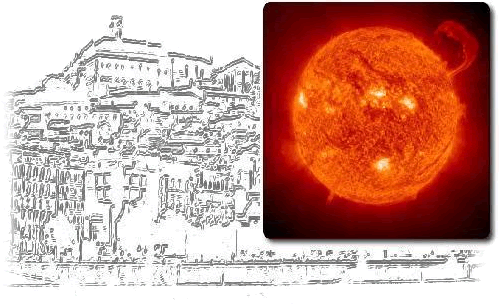|
As time progresses, Helioseismology is being able to peer into the deeper
layers of the solar convection almost to tachocline depth. While differential
rotation is well mapped in radius and latitude, the mapping of the meridional
circulation (MC) profile (a much slower large scale flow) still presents a challenge
to current measurement methodologies. A clear sign of these difficulties is the
different profiles obtained by different groups (especially in depth).
This weak large scale flow is one of the key ingredients in current solar dynamo
theories and its temporal behavior and spatial morphology has a large impact in the
modeling of the large scale magnetic field responsible for the solar cycle. Dynamo
modelers try their best to incorporate the constraints imposed by observations but
the shape of the MC has been a subject of debate (given the lack of observational
data). Besides that, only in the last 5 years or so, the temporal variation of the
amplitude of the MC has been incorporated into mean-field dynamo models. The
complete temporal and spatial profile of the MC is therefore something very
important for mean-field dynamo modeling.
A complementary (and more recent) way of modeling the solar dynamo is through global
3D MHD simulations of solar convection. These type of simulations are now starting
to provide some answers about how the MC forms and how it is influenced by magnetic
fields. In this talk I will present a comparison between the observational
characteristics of the MC and a recent study based on a global MHD simulation of
solar convection performed with the EUALG-MHD code. This study shows that the
amplitude modulation of the MC (at certain depths) can be explained by angular
momentum transfers mediated by the magnetic field. This result, when (if) confirmed
by other groups, should have a profound impact in the way current mean-field dynamo
models are implemented, i.e. the ubiquitous kinematic regime used can no longer be
considered the best approximation to run these models since it is skipping important
dynamic behaviors. |



